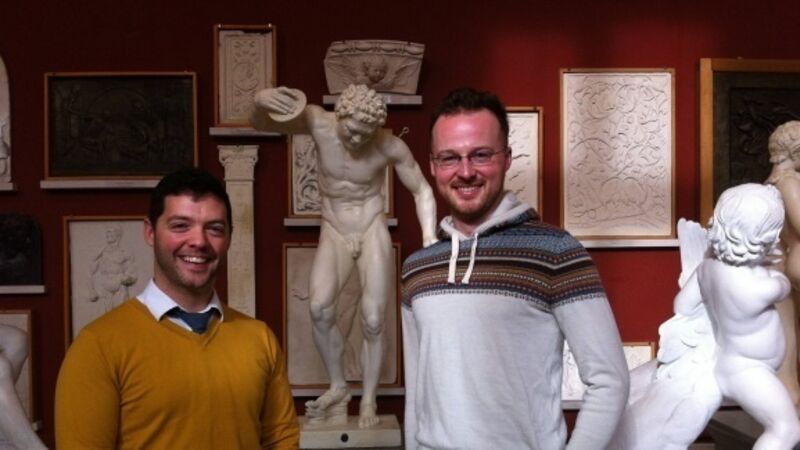Samuel Forde reborn at Crawford Art Gallery

SAMUEL Forde’s painting Fall of the Rebel Angels was unfinished when he died in 1826, aged 23. But the work so captivated academics Michael Waldron and Dr Shane Lordan, at the Crawford Art Gallery in August, 2012, that they researched Forde and have mounted an exhibition about him.
Lordan and Waldron lecture in UCC, in history and English, respectively, but neither had investigated art of the early 19th century. “What we wanted this exhibition to be about was not just the art,” says Lordan, “but about the objects as well, because Forde was a working artist. He worked so hard, and his tools, his materials, what he physically worked with, are of as much interest to us as the scenes he was trying to depict.”











